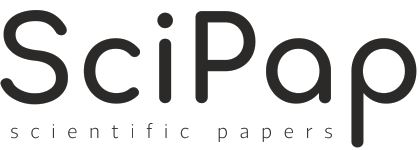Open Access
Article
SciPap-1094
Analysis of Industry 4.0 Readiness in Hungary: Estimation of i4.0 Readiness Index Compared to EU Countries
by
Kornélia Svačinová 1,*
1 Department of Economics and Management, The College of Regional Development and Banking Institute – Ambis, a.s., Lindnerova 575/1, Prague 180 00, Czechia
* Authors to whom correspondence should be addressed.
Abstract: The issue of Industry 4.0 revolution is a highly discussed topic in response the industrial production is one of the most important economic sectors in the European Union. Industrial transformation and digitalization seem to be necessary evolution steps due to the lack of skilled laborers in the EU. Current demographic trends and projections of the future workforce composition are projecting warning signals. Aims: This paper reviews documented efficiency of the Industry 4.0 and adds empirical evidence on the Industry 4.0 readiness from Hungary. The main goal of this article is to calculate the innovative I4.0 Readiness Index in Hungary by using industry level indicators, and to compare results within EU-27 countries. Outcomes will be used to identify clusters of macroeconomic similarity. Data and methods: Literature review was conducted. I4.0 Readiness Index was enumerated based on data from Eurostat. Cluster analysis was used to determine the different country classes (groups) in transition towards Industry 4.0. Results: Denmark has the highest score value of I4.0 Readiness Index among the EU-27 member states, Bulgaria has the lowest performance. Hungary is on the 23rd place in the ranking. Conclusion: EU-27 region may be divided into five clusters. This paper confirmed macroeconomic disparities among countries. Cluster analysis is in accordance with results of the I4.0 Readiness Index. Findings in this paper may be considered in a future research by analysing further I4.0 indicators.
Keywords: Industry 4.0; I4.0 Readiness Index, Hungary; EU-27 Countries, Cluster Analysis.
JEL classification: O10 - General, O14 - Industrialization • Manufacturing and Service Industries • Choice of Technology
Received: 28 May 2020 / Revised: 4 August 2020 / Accepted: 10 August 2020 / Published: 2 September 2020
